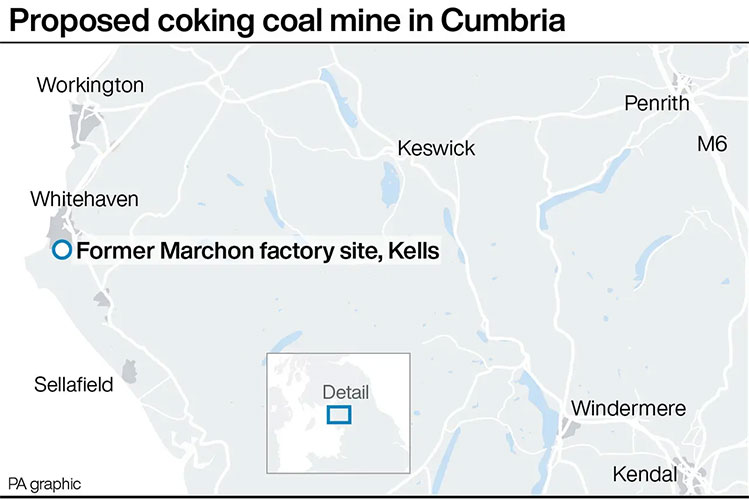Glasgow Chamber of Commerce, in partnership with Developing the Young Workforce (DYW) Glasgow, Inspiring Scotland and FARE Scotland, has launched Construction Aware, a new programme aiming to inspire and develop the next generation of construction workers.
The ground-breaking initiative is backed by leading businesses across the Glasgow City Region and is designed to engage and educate young people about the diverse opportunities available to them within the construction and built environment sectors.
Construction Aware offers around 200 S3 pupils from 13 secondary schools across Glasgow the unique opportunity to gain work experience with six leading construction firms as part of a programme of activities about the roles and careers available to them in the built environment sector. Importantly, young people taking in the programme will gain an SCQF level 3 qualification.
Supported by CITB, the industry training board for Scotland’s construction sector, the programme also benefits from the backing of BE-ST and City of Glasgow College. Uniquely, it has been co-designed by both educational institutions and leading industry players, including McTaggart Construction, the Robertson Group, CCG Scotland, A.C. Whyte, RJ McLeod, and Sibbald Training.
The programme, initially funded by Landsec Futures, provides students with valuable hands-on experience in the construction industry. Additional opportunities for businesses to support and expand the programme are also available.
Data from Glasgow City Council’s education team showed that a mere 93 school pupils out of 1700 expressed an interest in working in the construction sector. Despite the crucial role these professions will have in Scotland’s ability to reach net zero and the growing need from businesses, there is a shortfall in people joining the industry.
The Scottish Government’s Climate Emergency Skills Action Plan, which identifies the skills the country needs to develop into a low-carbon economy, emphasises the need for a radical transformation in low-carbon skills, predicting a surge in demand for roles in planning, design, surveying, management, and deploying nature-based solutions.
Construction Aware addresses these needs by providing young people with hands-on experience and real-world insights into traditional trades and emerging green technologies. Running alongside the school year, the programme covers topics such as retrofitting, Passivhaus, and modern methods of construction.
Alison McRae, Senior Director, Glasgow Chamber of Commerce, said:
“This is a really exciting programme which has been co-created by our business community and education to respond to a market need where there are critical skills shortages. It will clearly show the next generation of our workforce some of the current and emerging roles within the sector in a practical and, we hope, energising way.
“This programme is about opening doors to some of our city region’s young people who might not always have access to opportunities, equipping them with new skills and showing what is possible for them. It’s a great example of impact-driven collaboration in action.”
Michelle Kershaw, Principal Officer, Towards Better Futures said:
“Careers in construction have traditionally been high on the agenda of our young people, but as the industry diverges from traditional roles we must inspire and inform our future workforce around the new jobs available, driven by technology, climate and changing skills requirements.
“By working hand in glove with industry to design and deliver a practical, long-term and focused project we can address the challenges of predicted skills gaps and labour shortages by nurturing and developing talent who can access the industry via apprenticeships and degree-level education.”
Employers, educators and third sector partners within the construction and built environment industries are encouraged to partner with Glasgow Chamber of Commerce and DYW Glasgow to help equip the next generation of workers with the skills and knowledge to thrive in an evolving industry.
Source: Glasgow Chamber of Commerce











